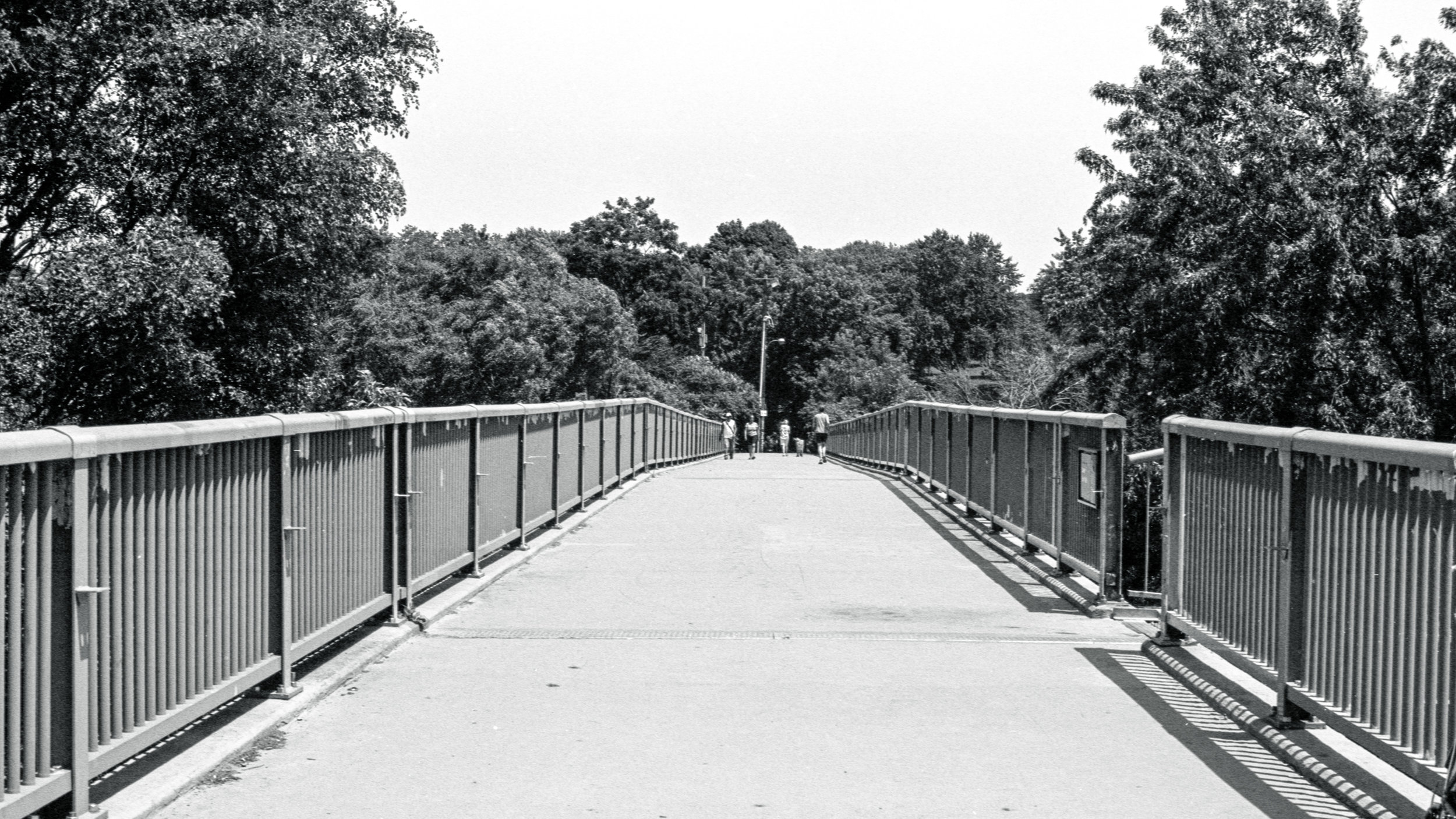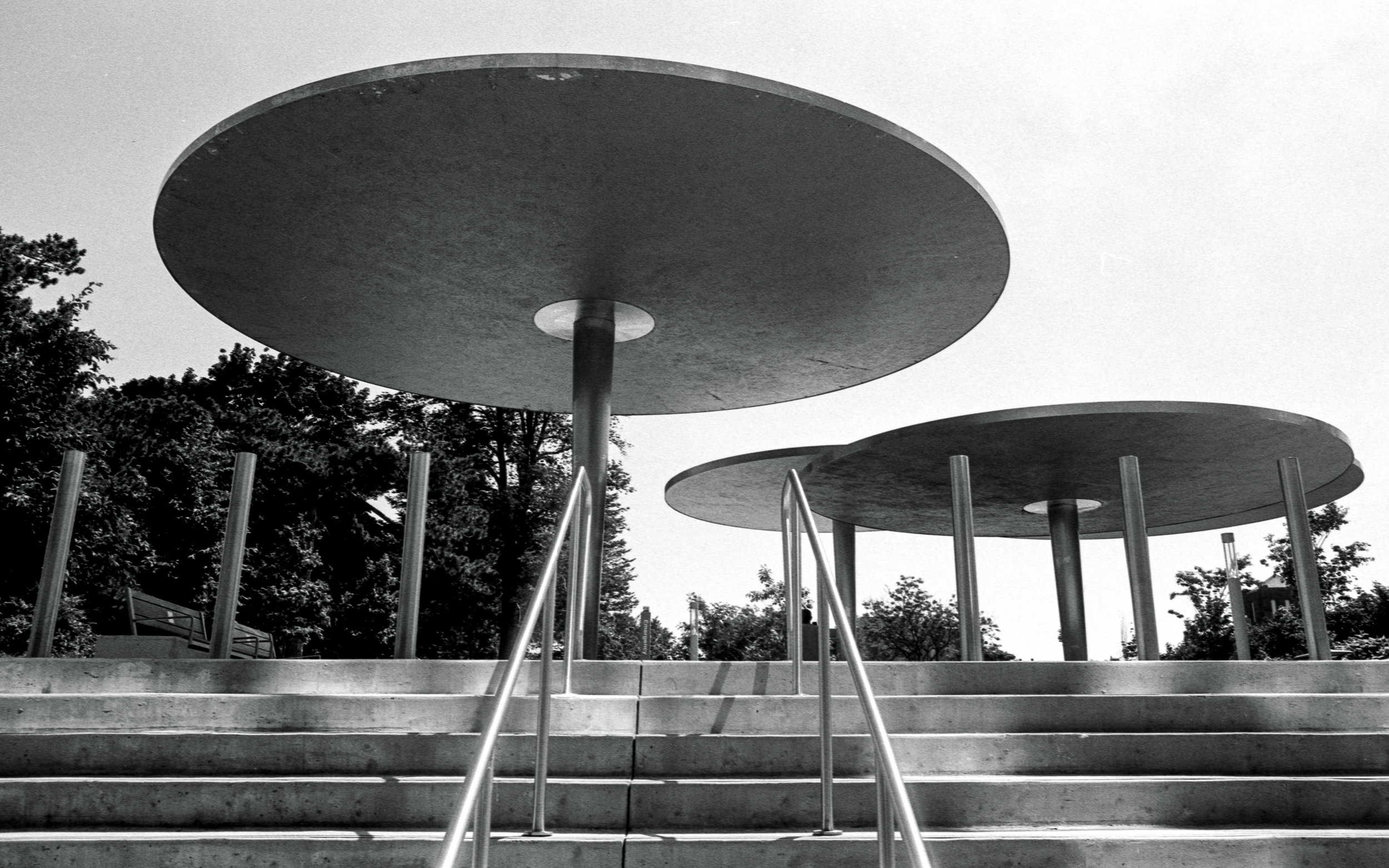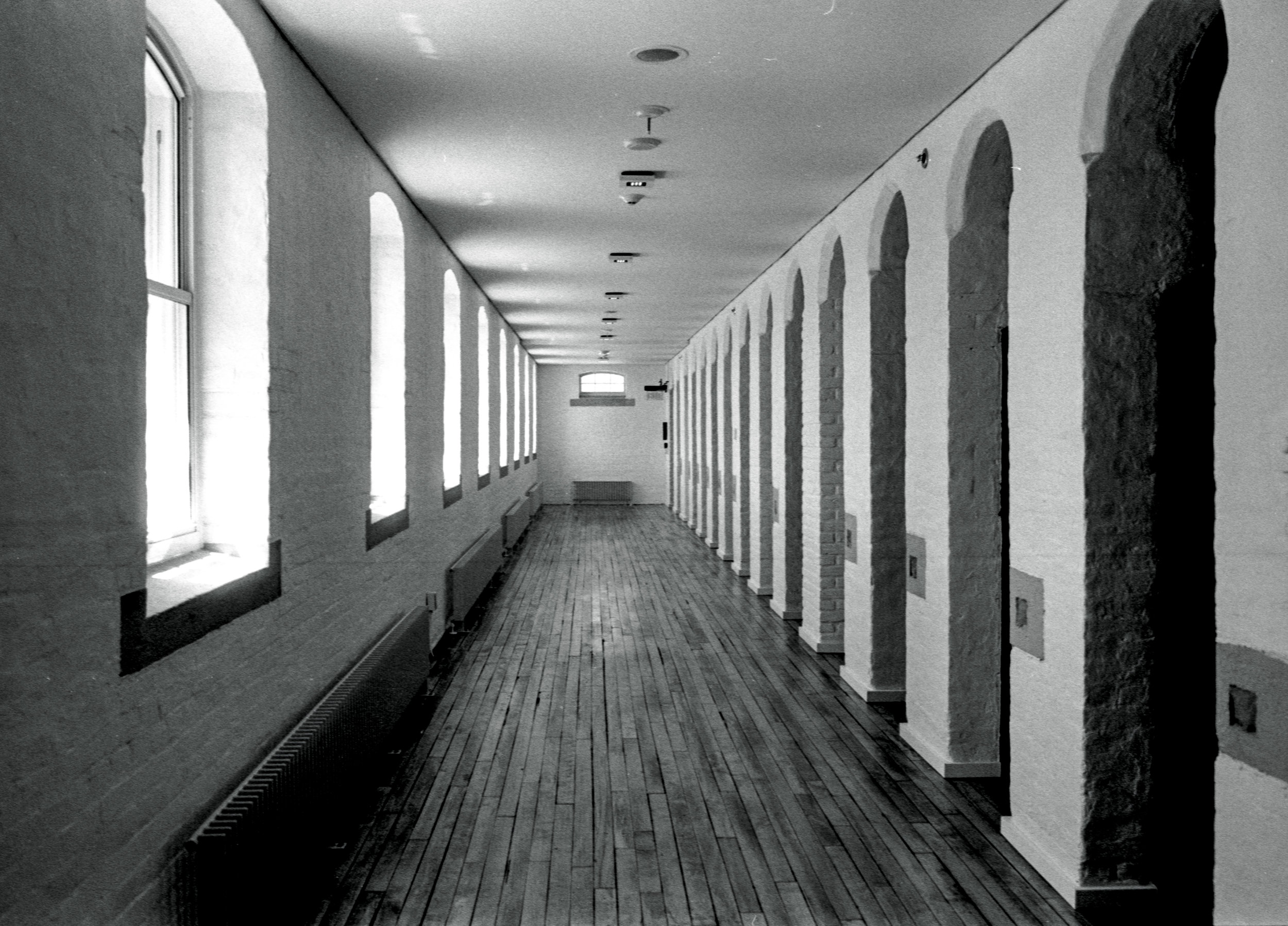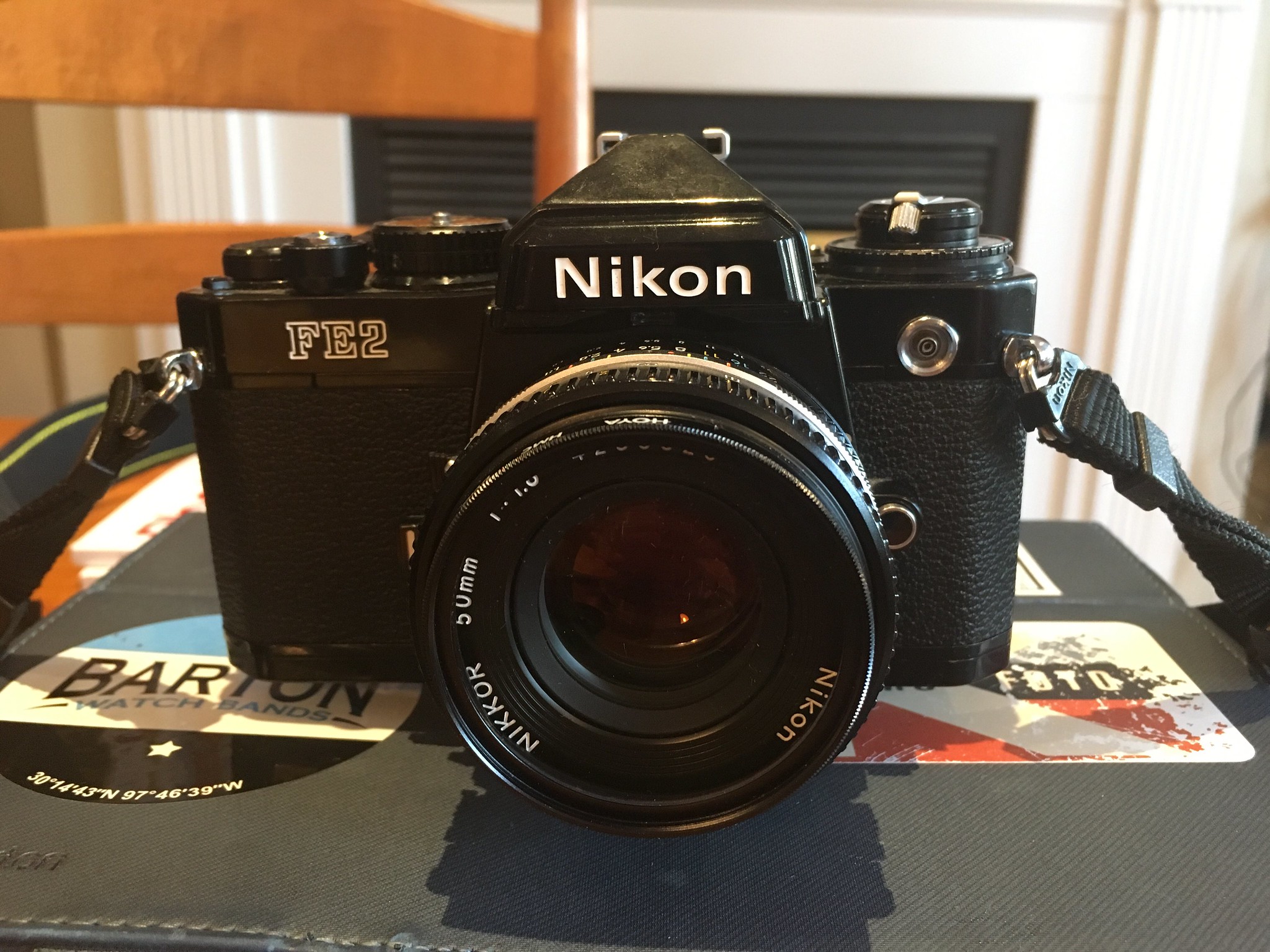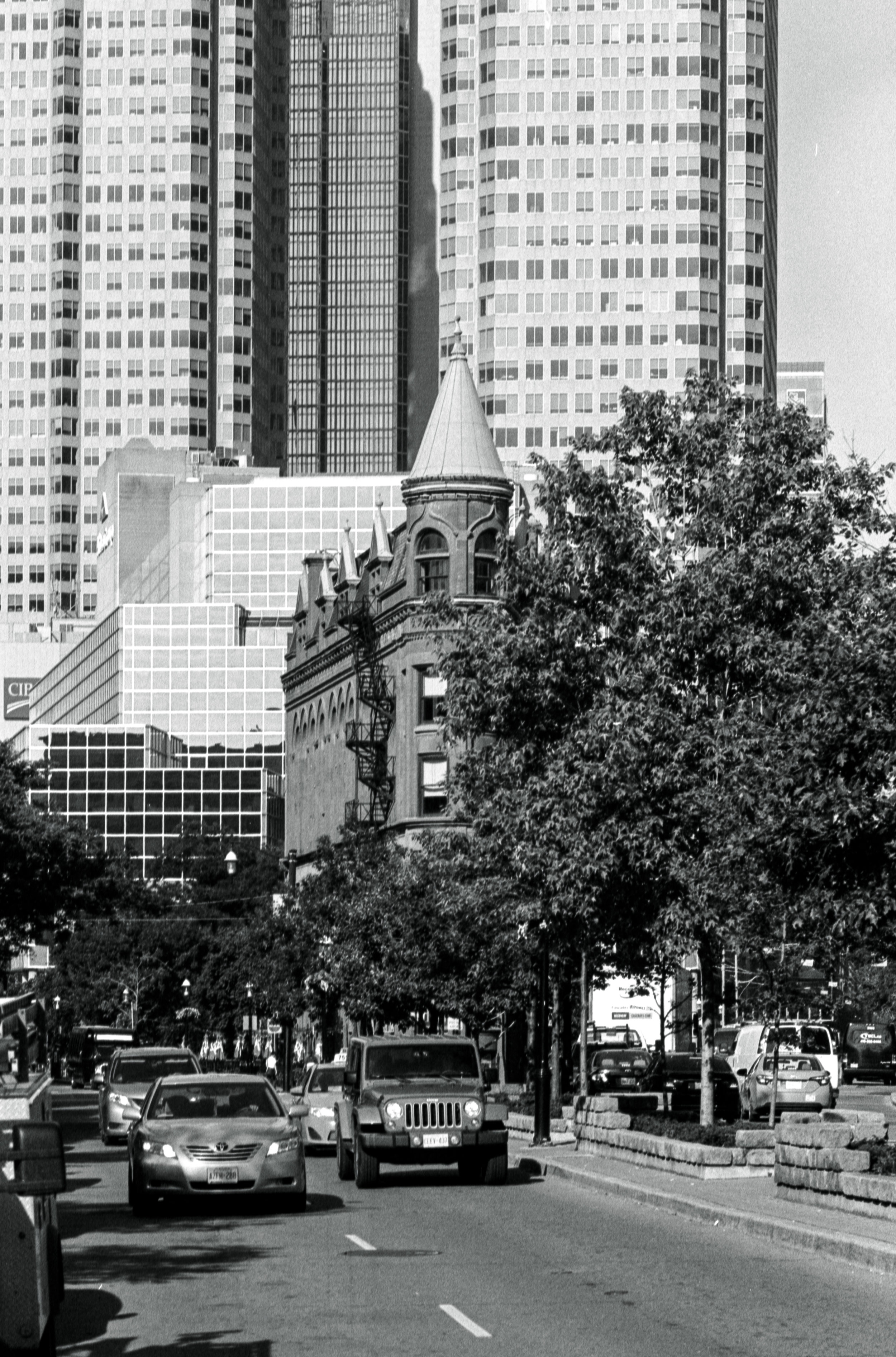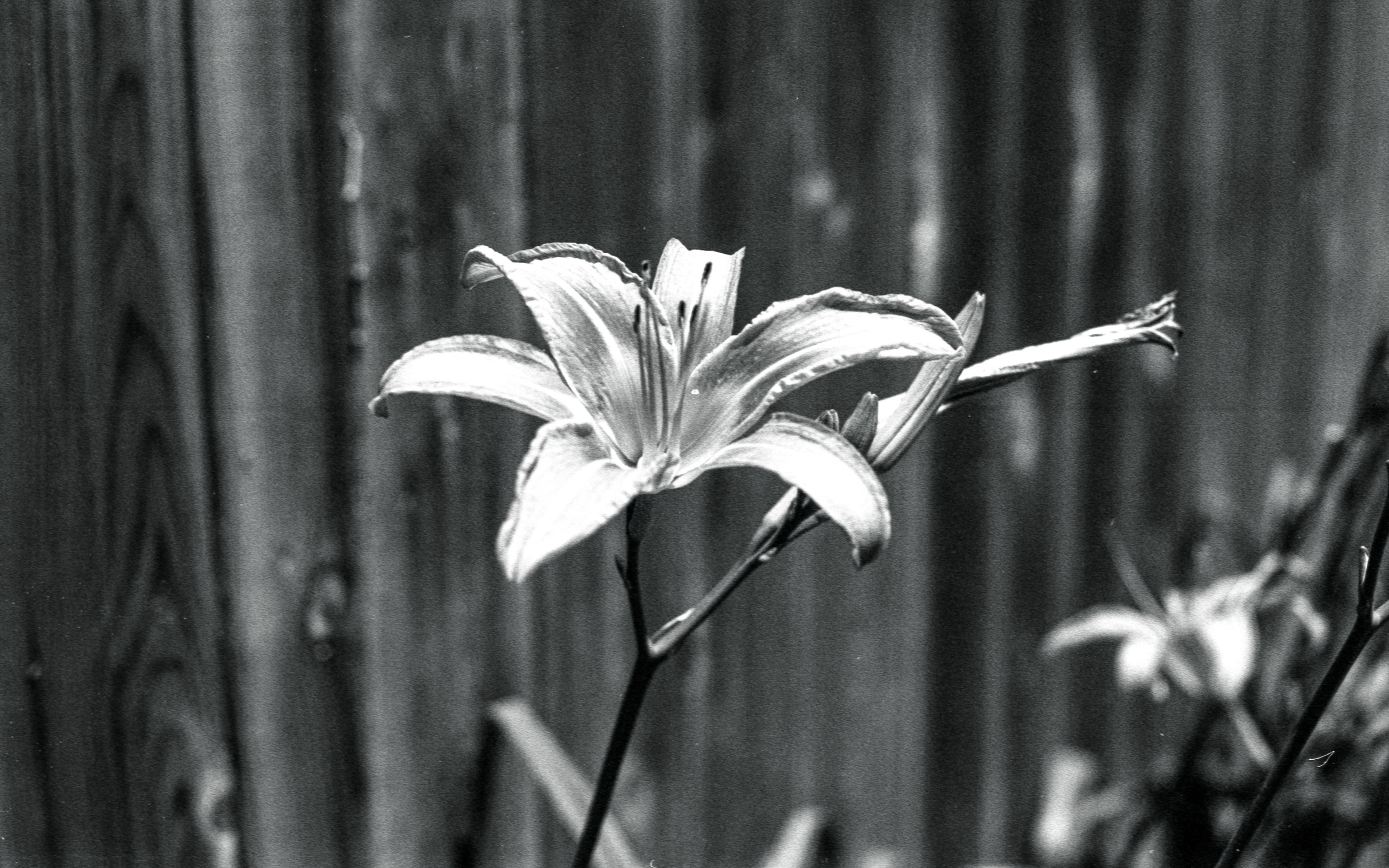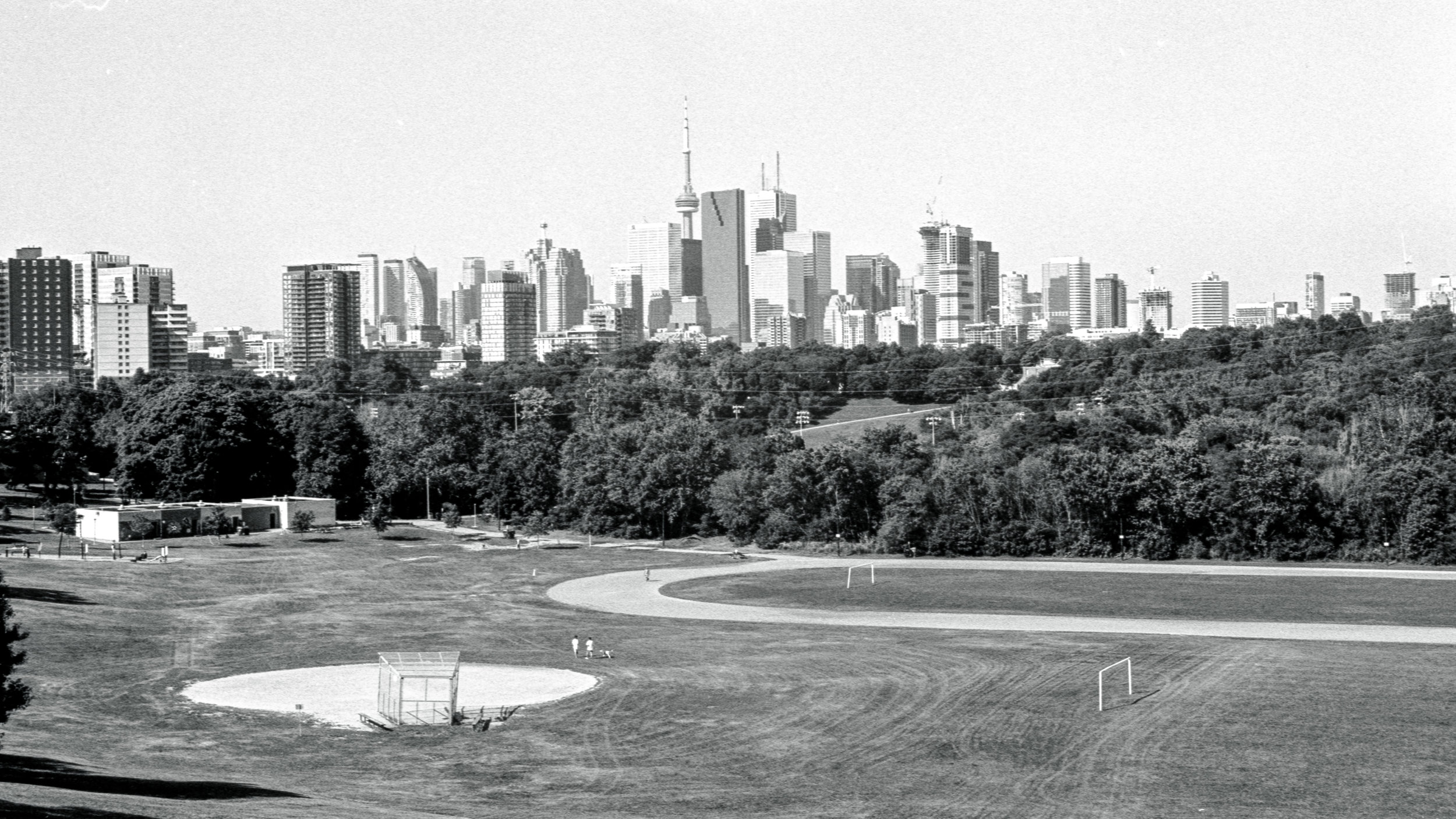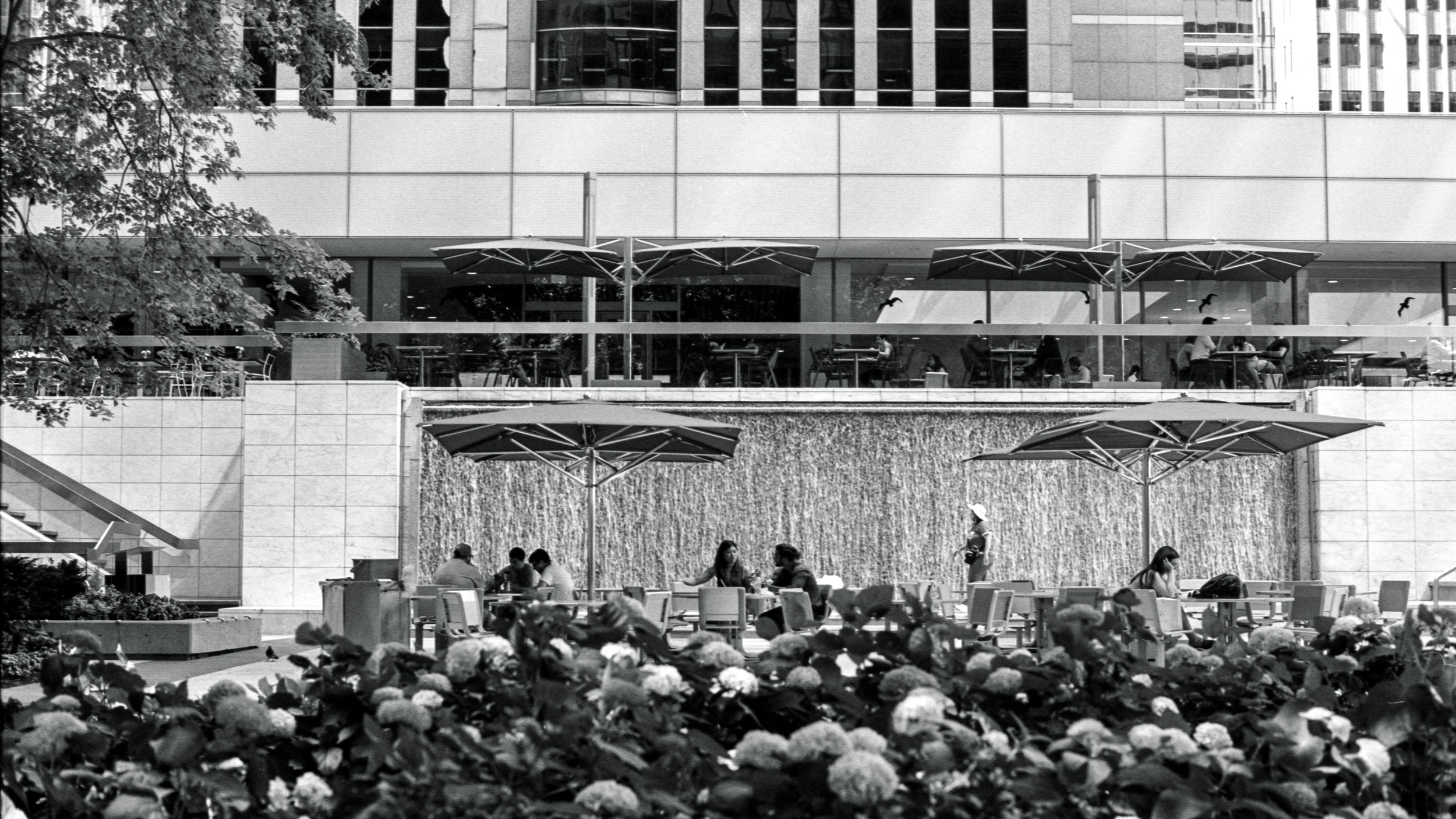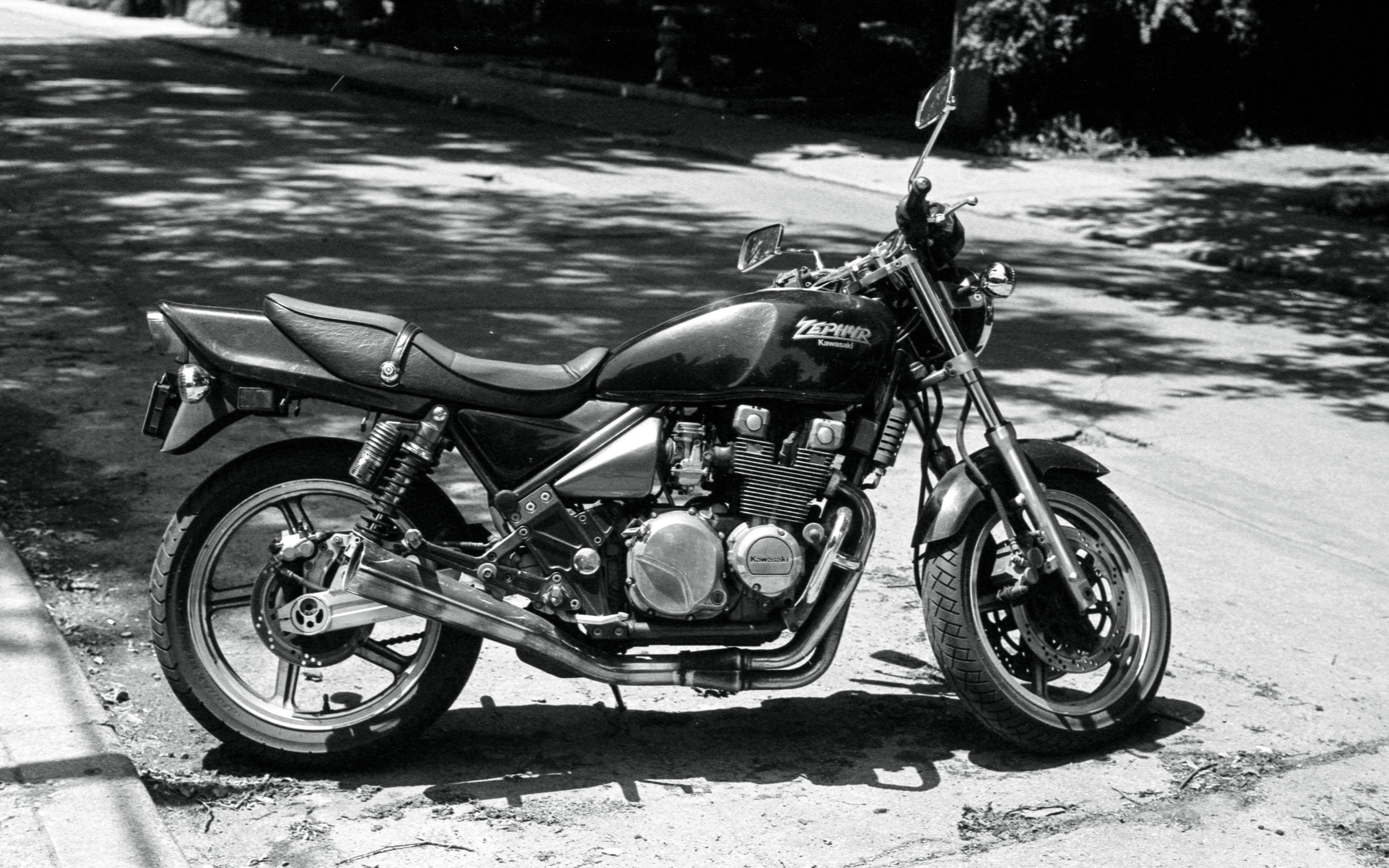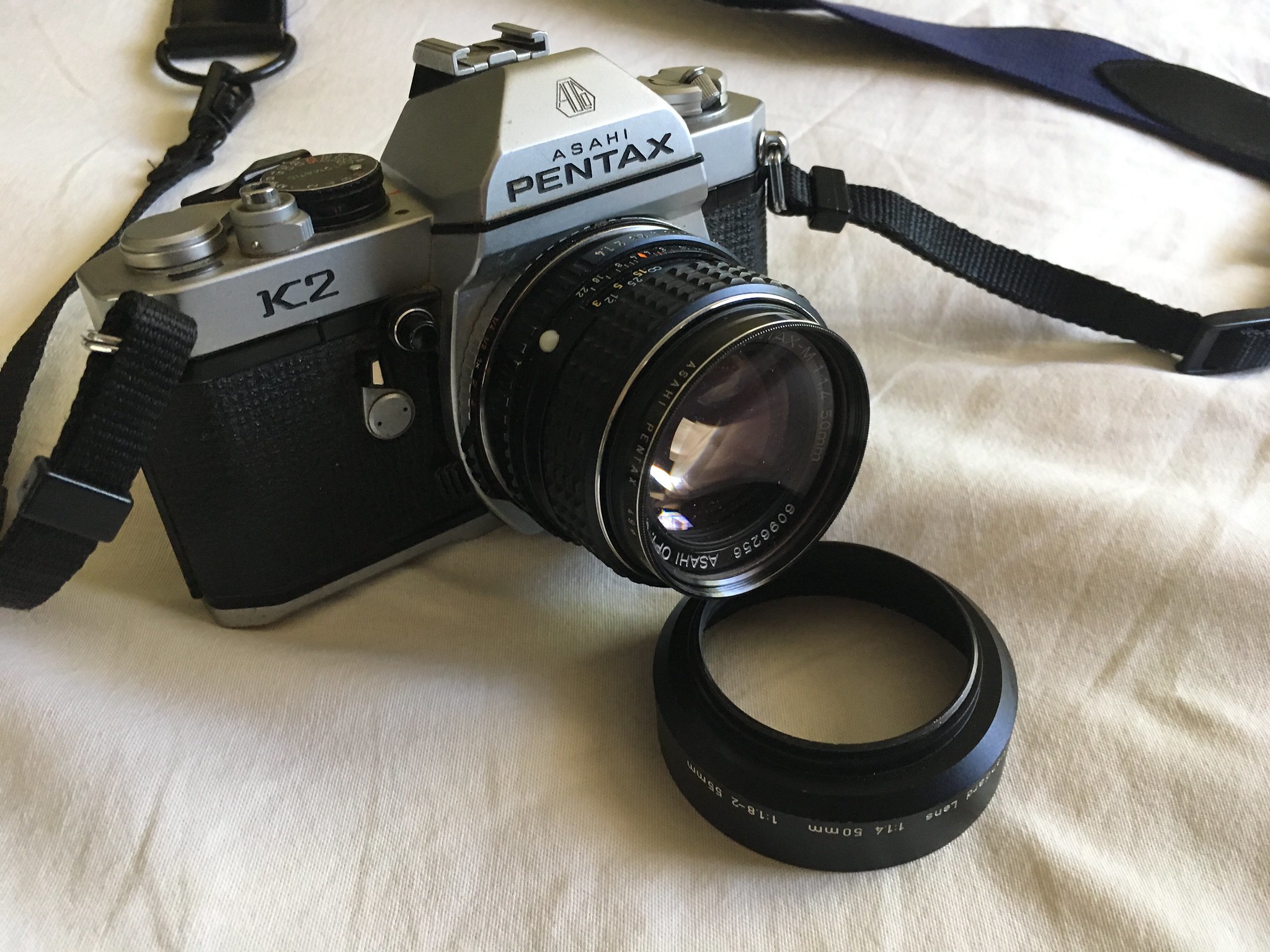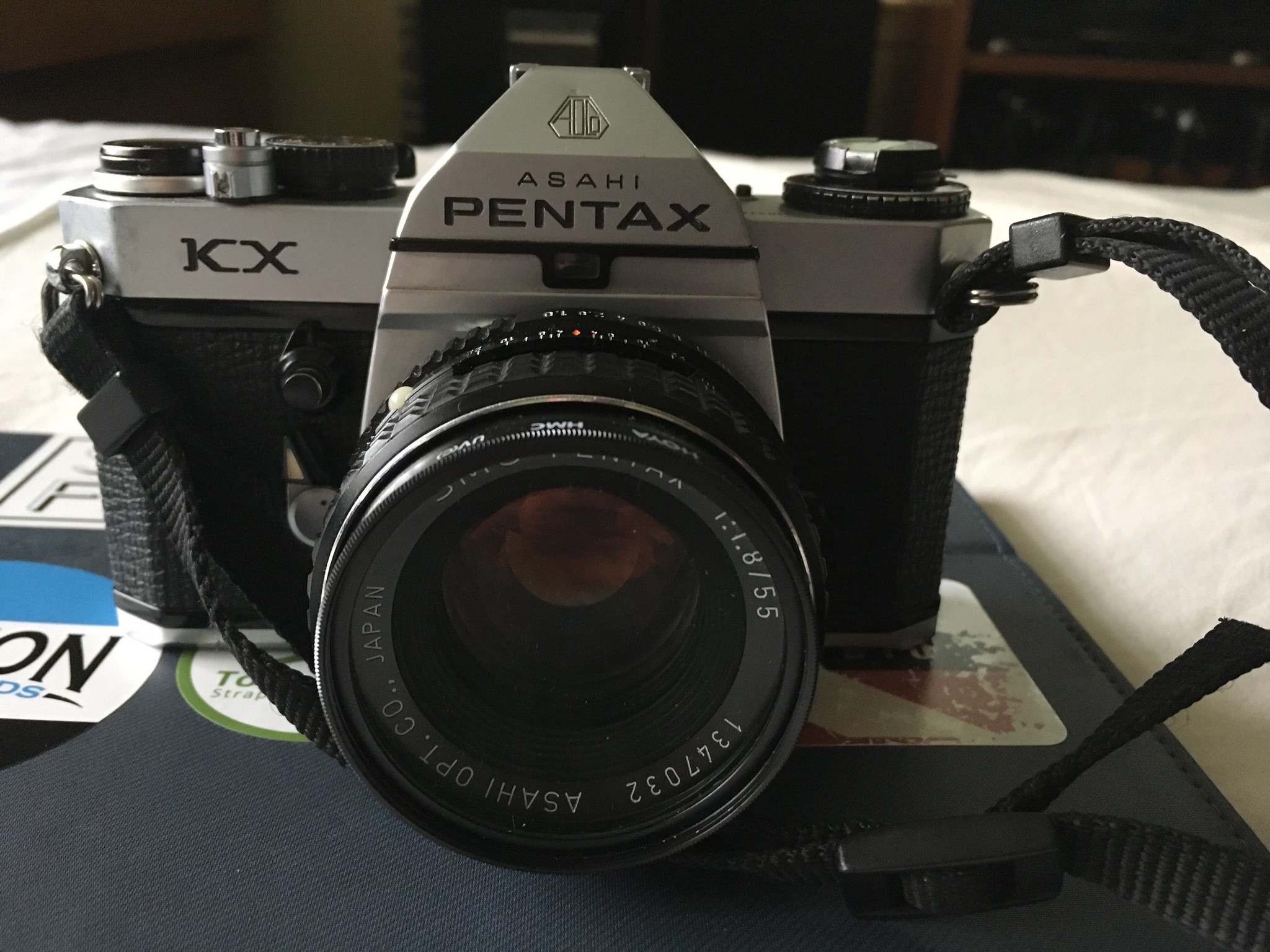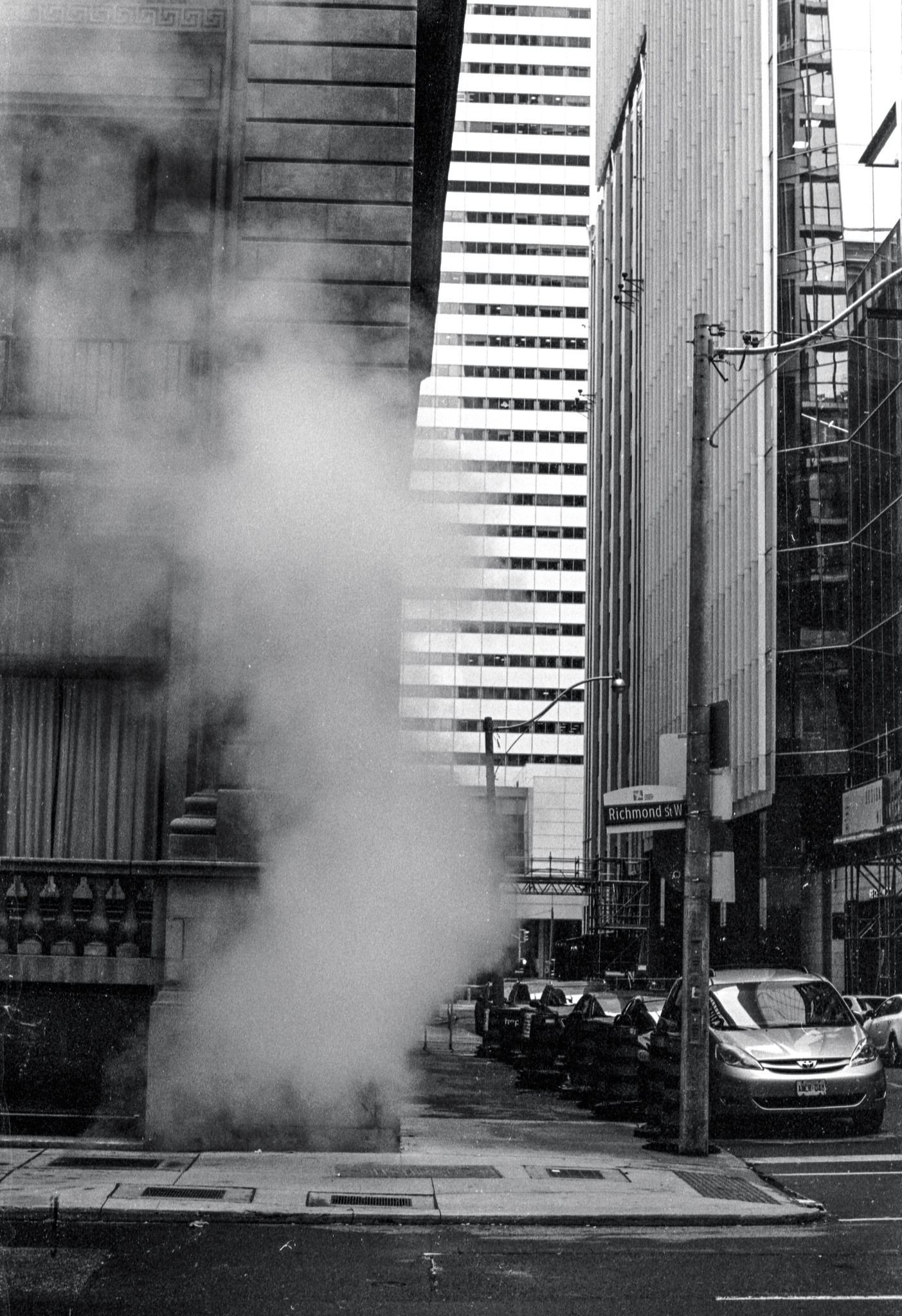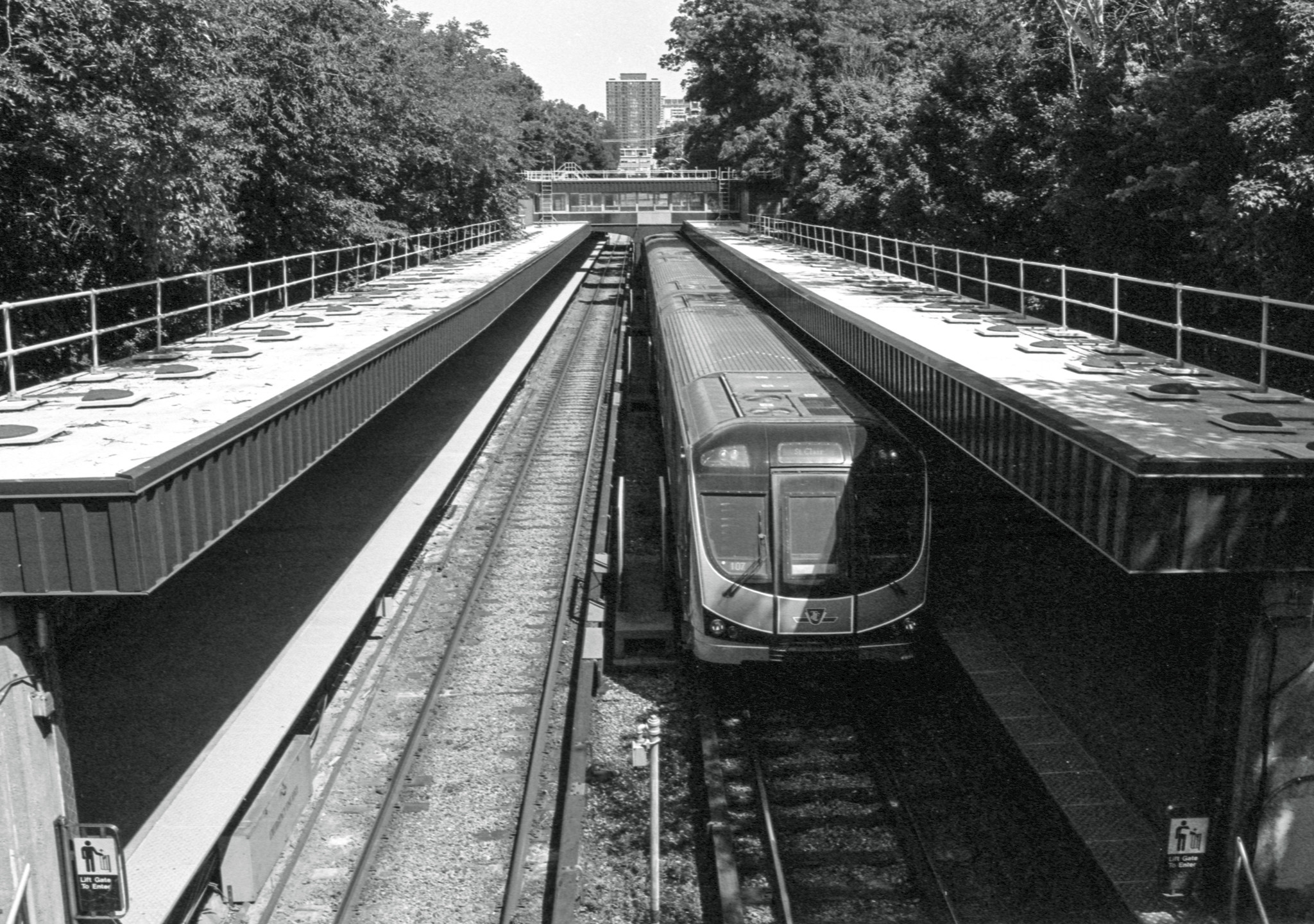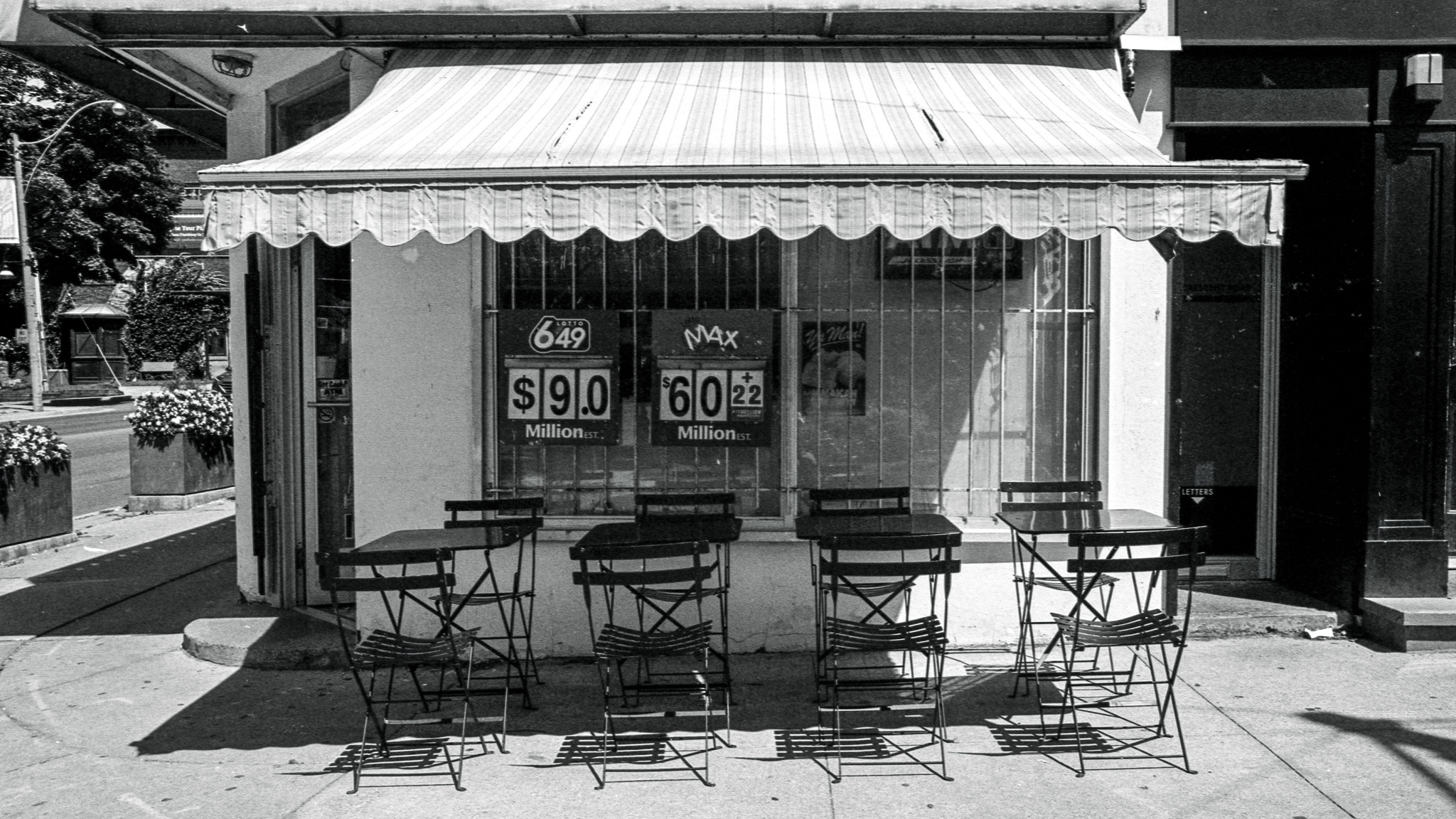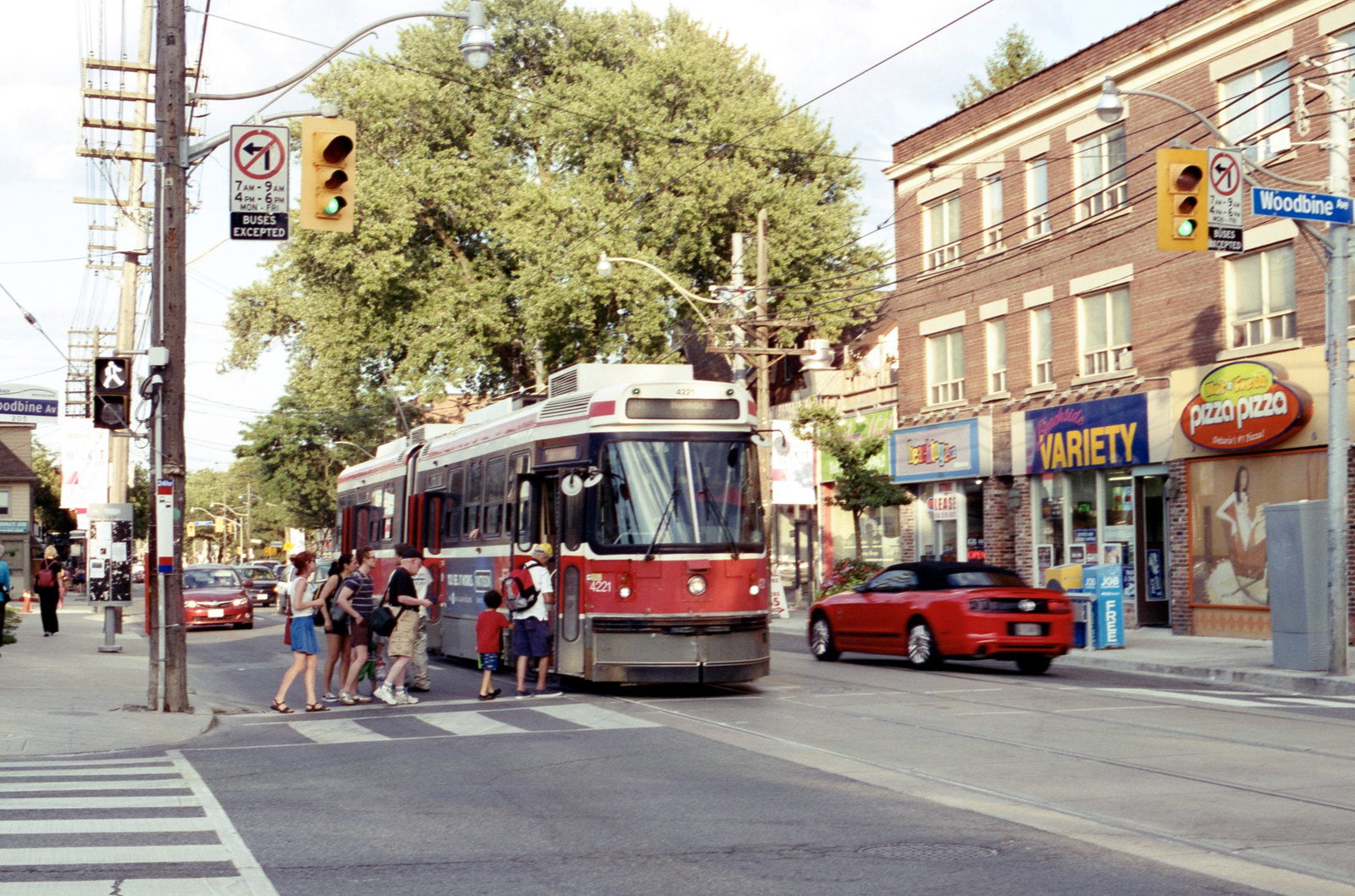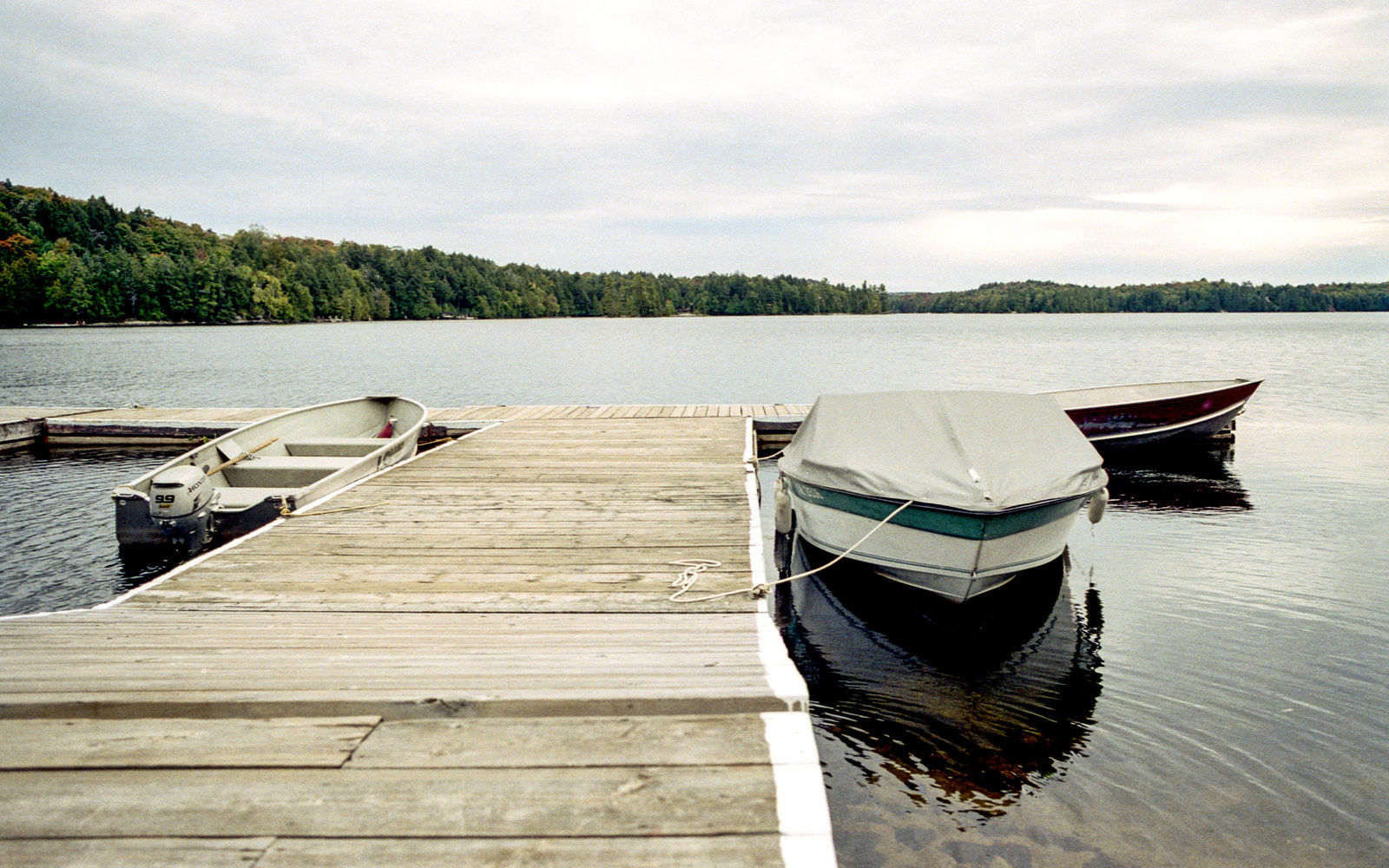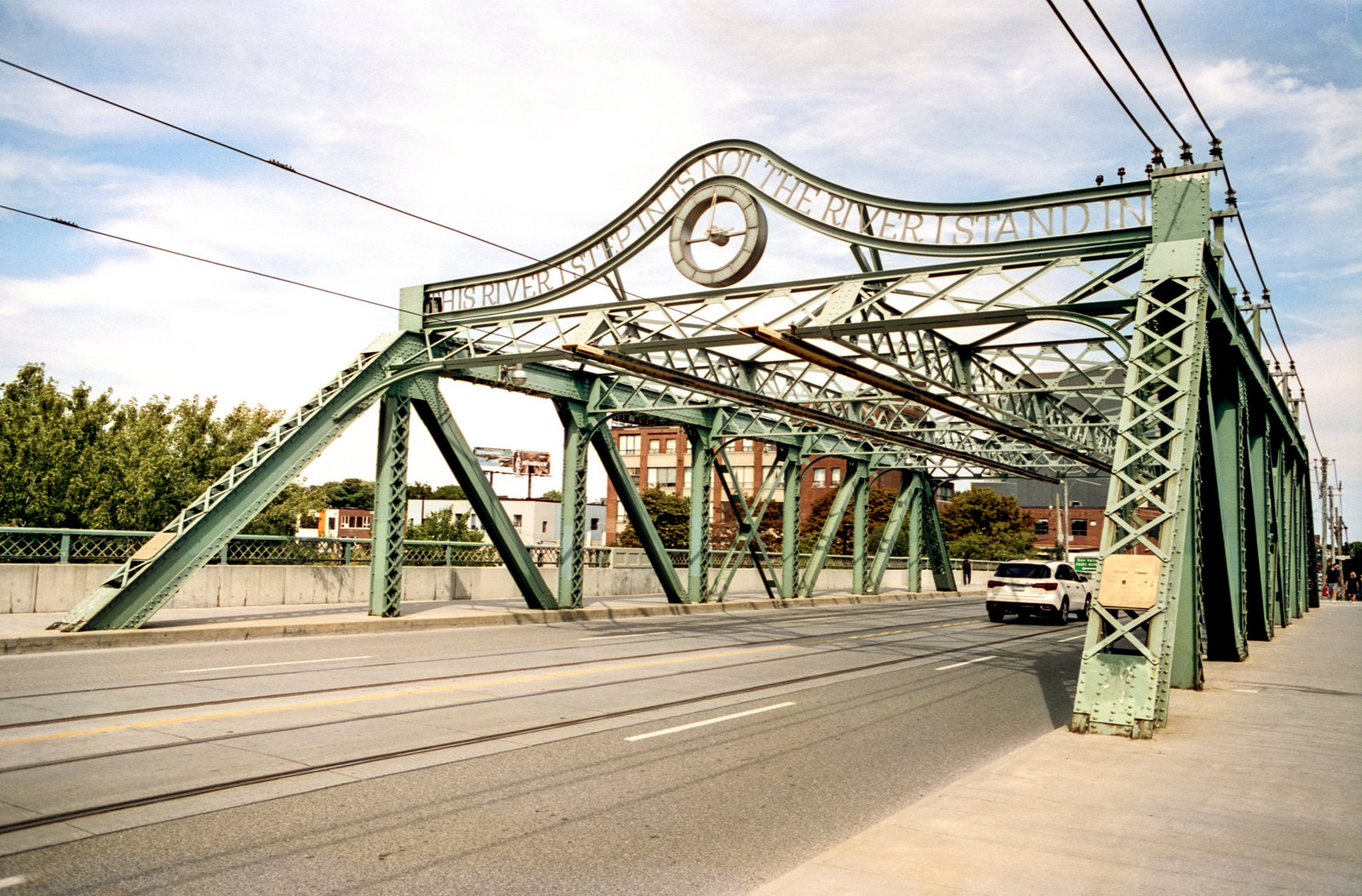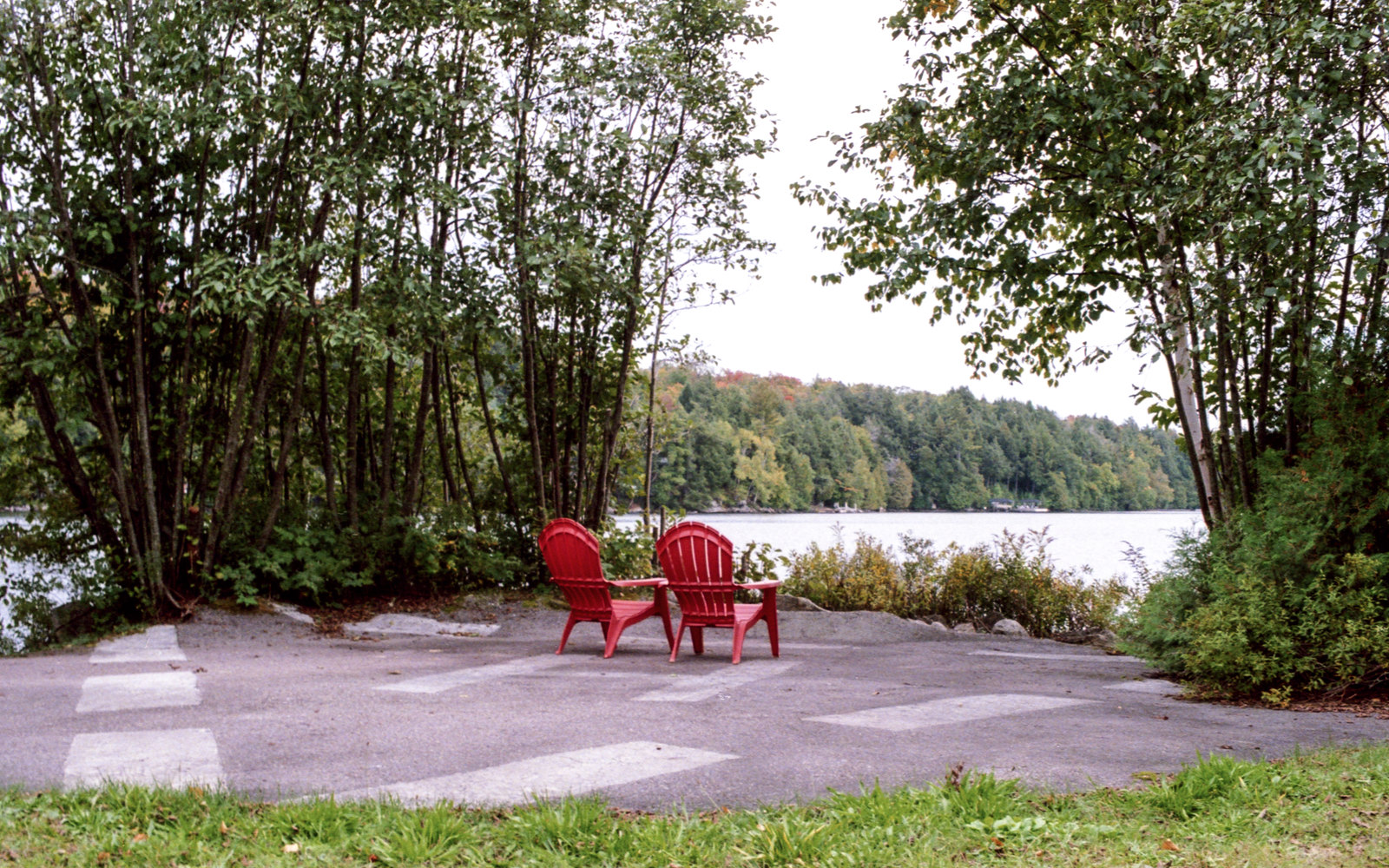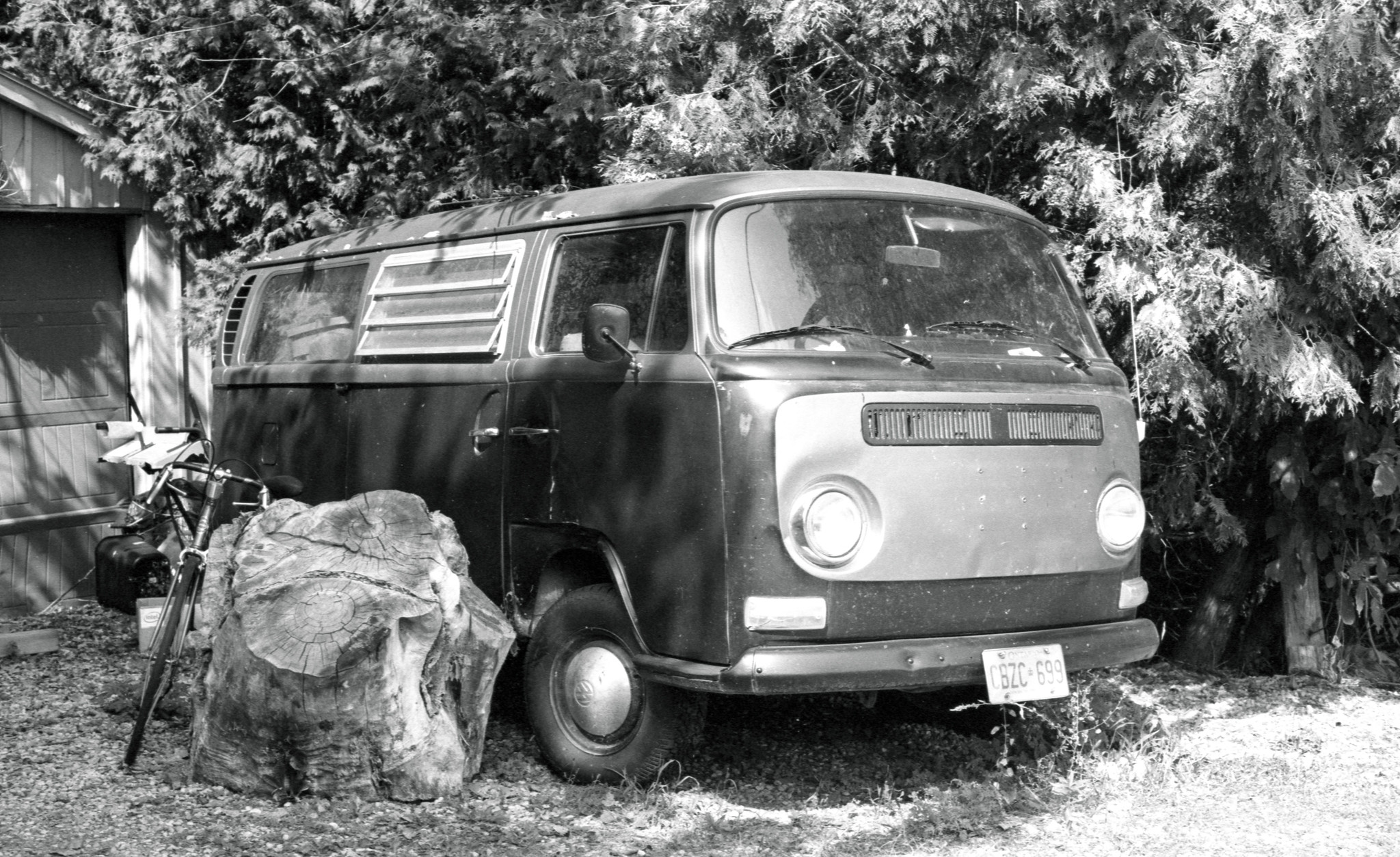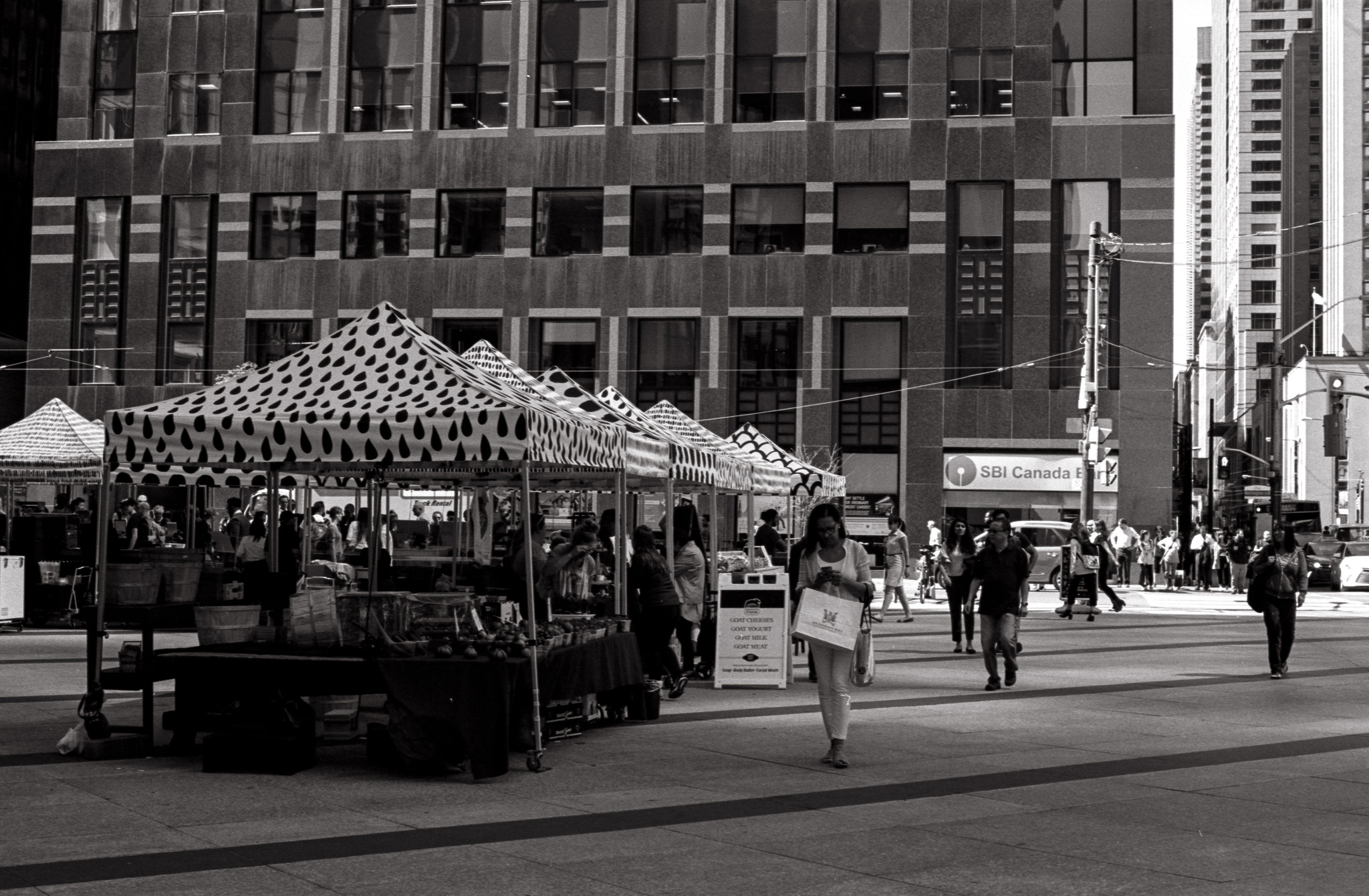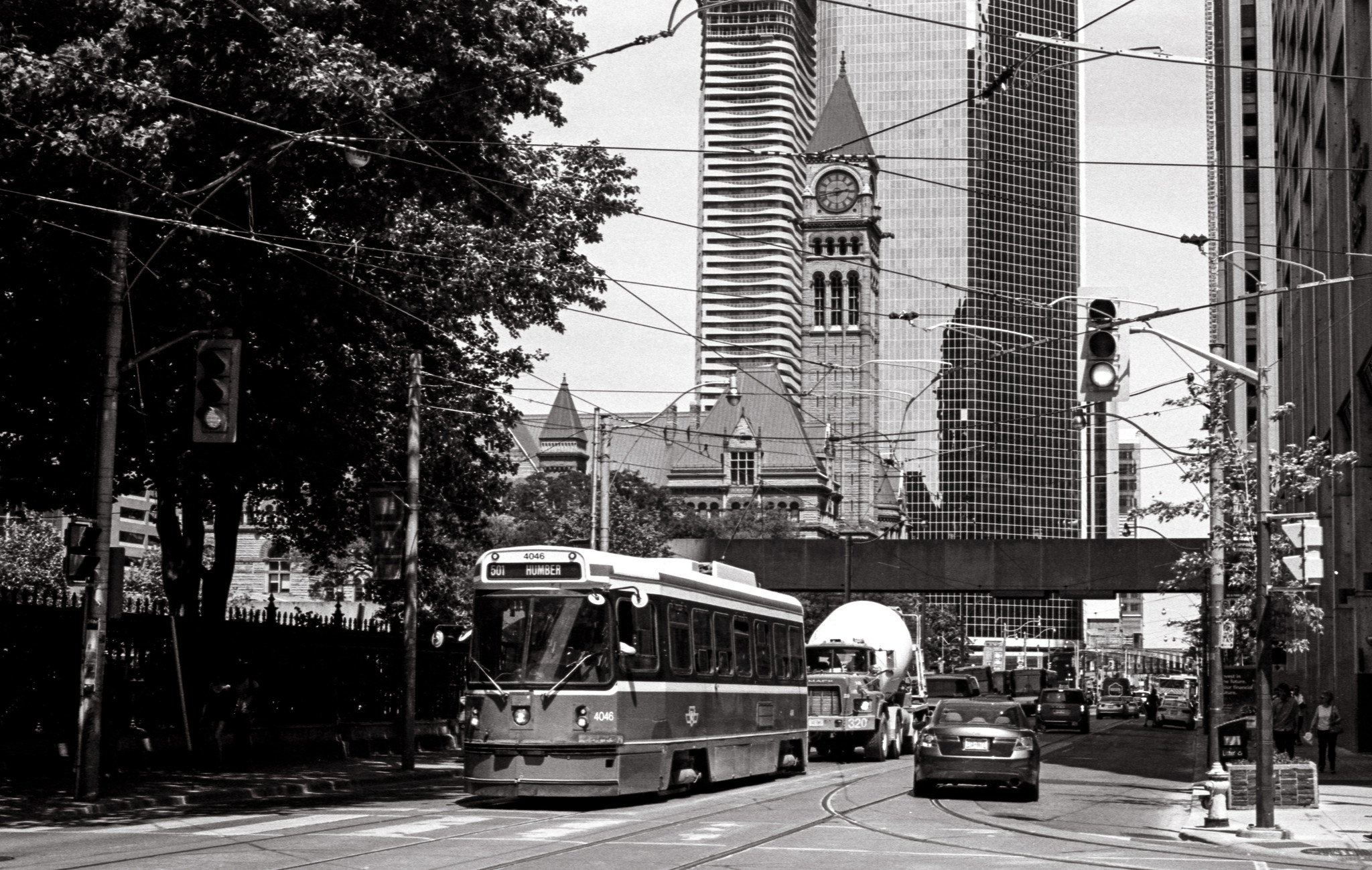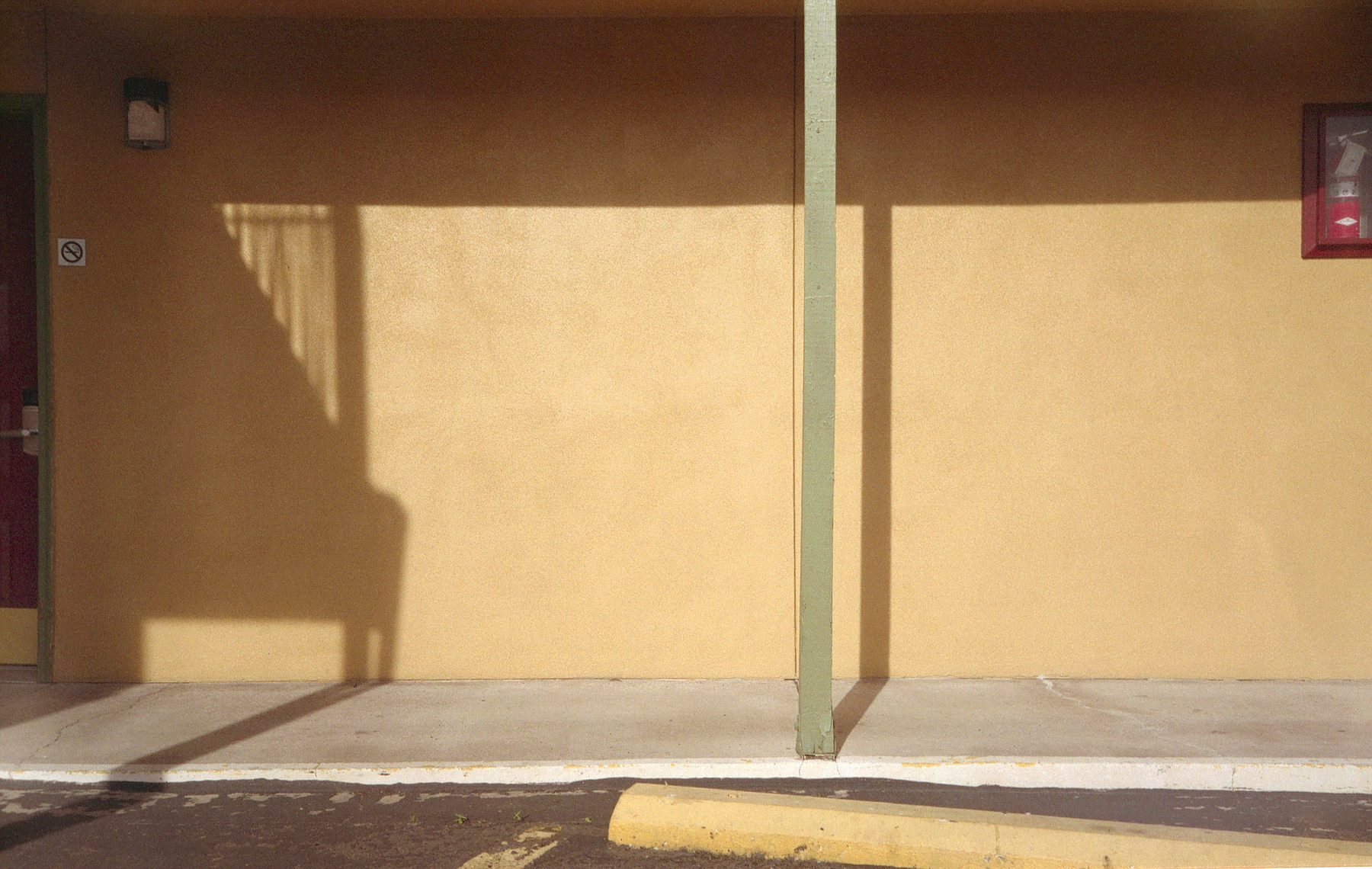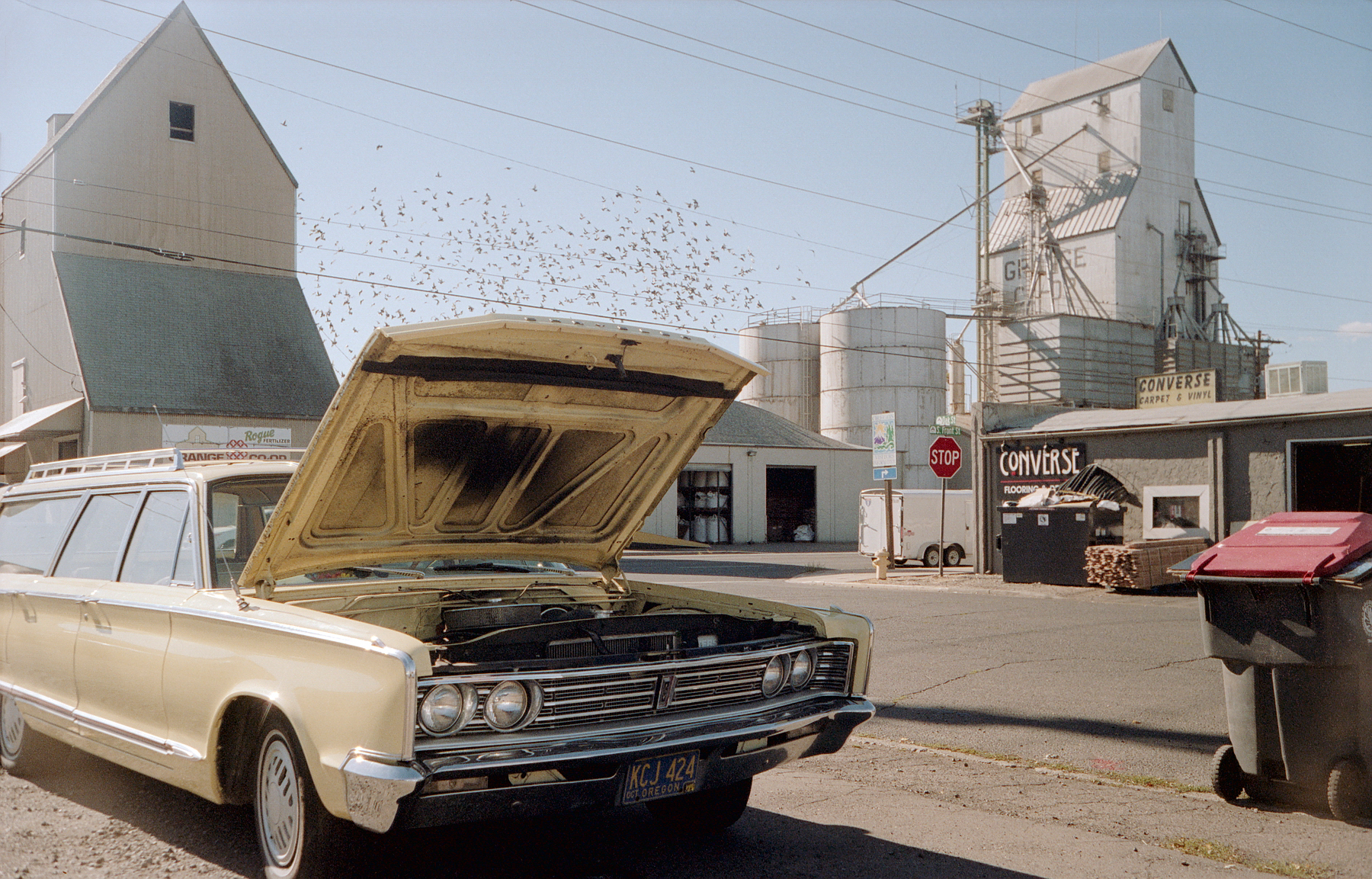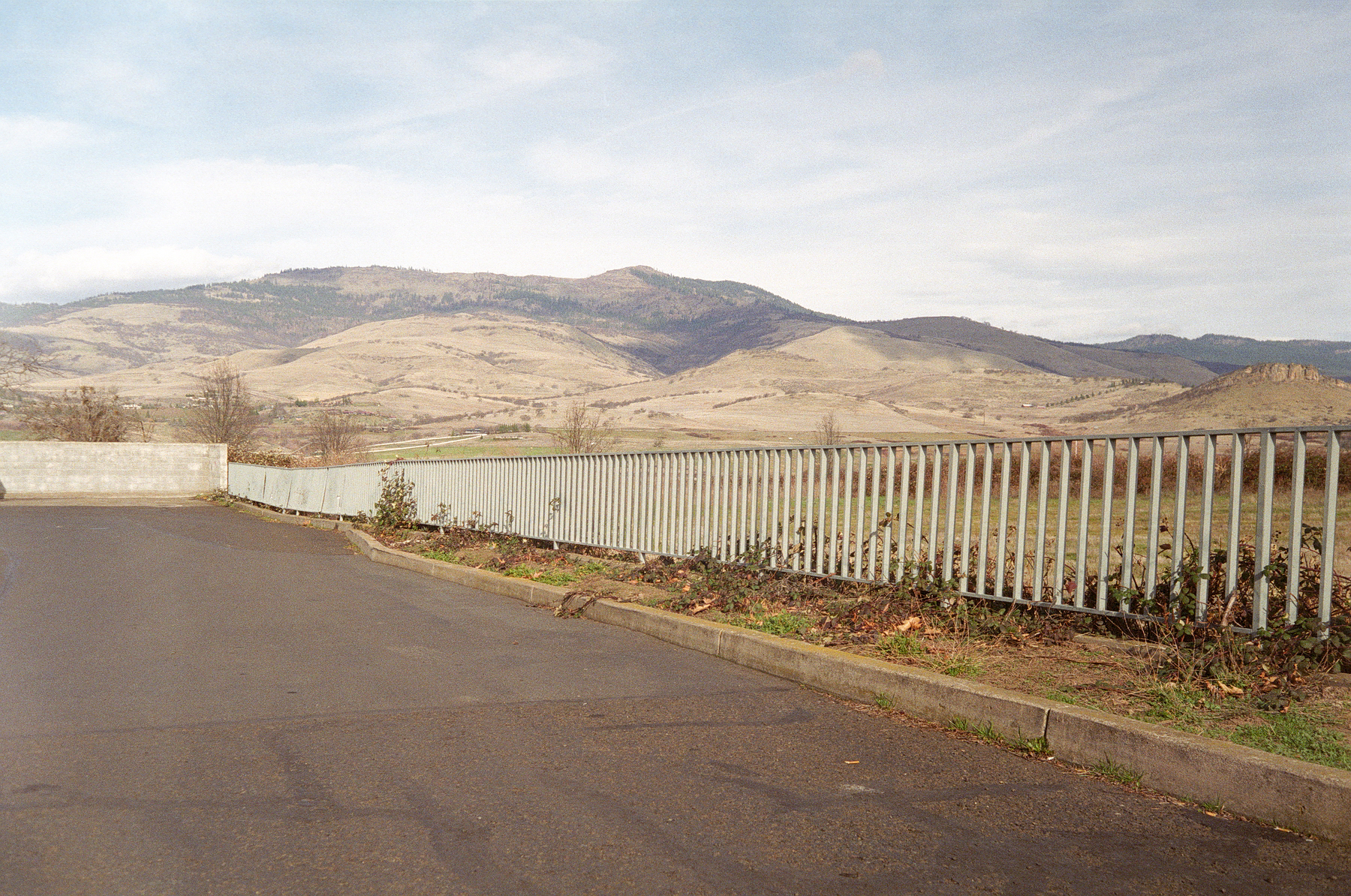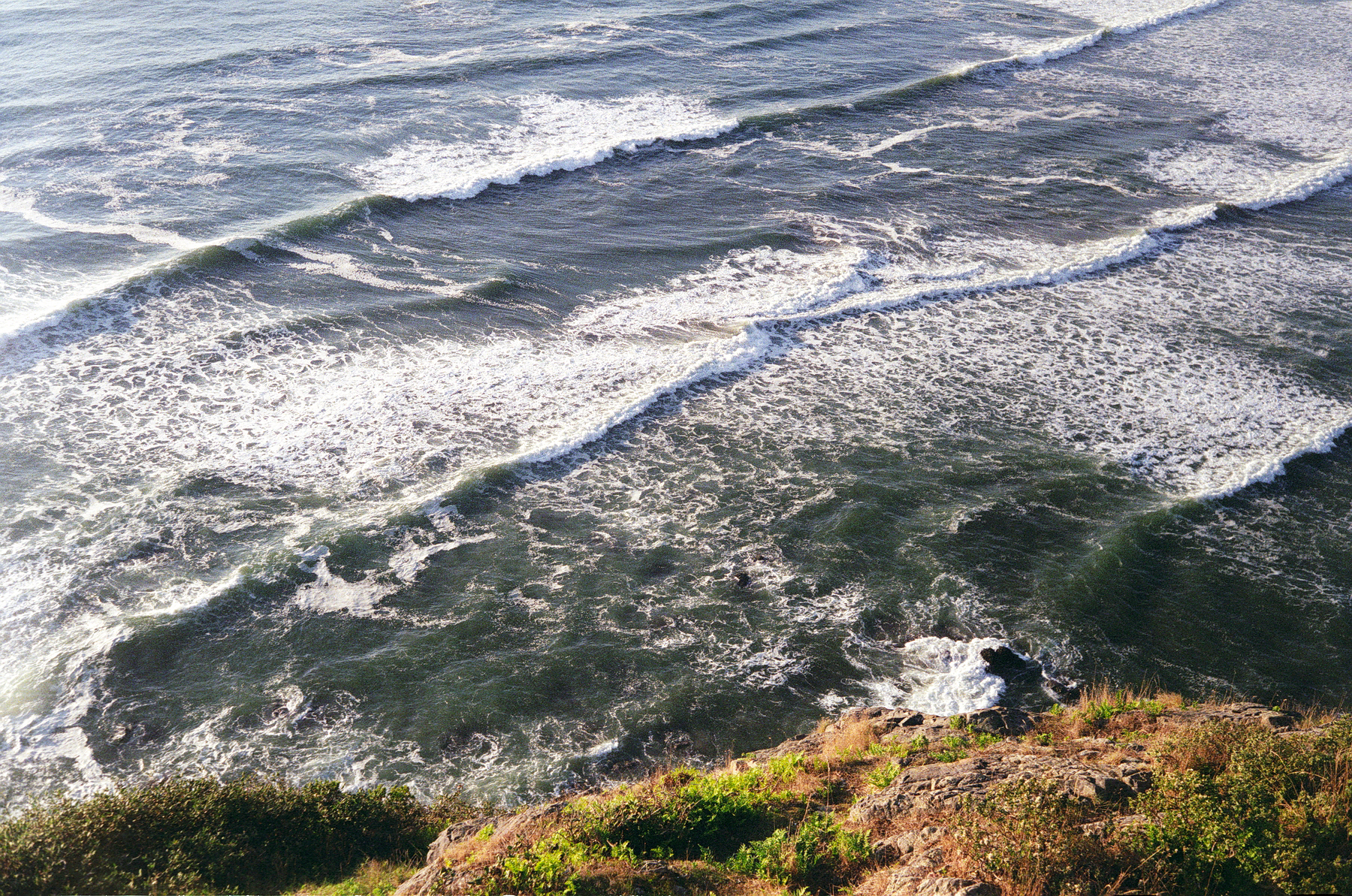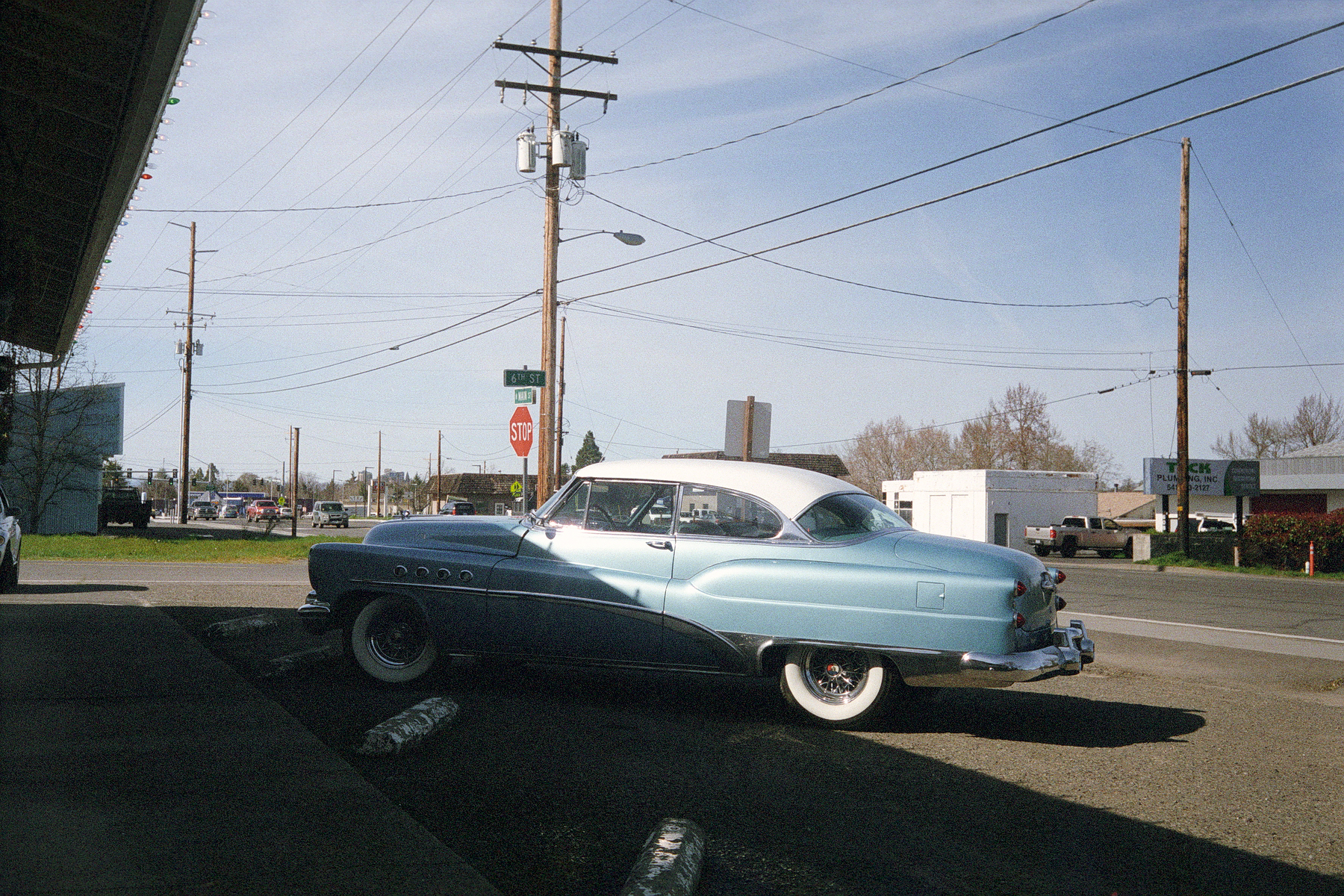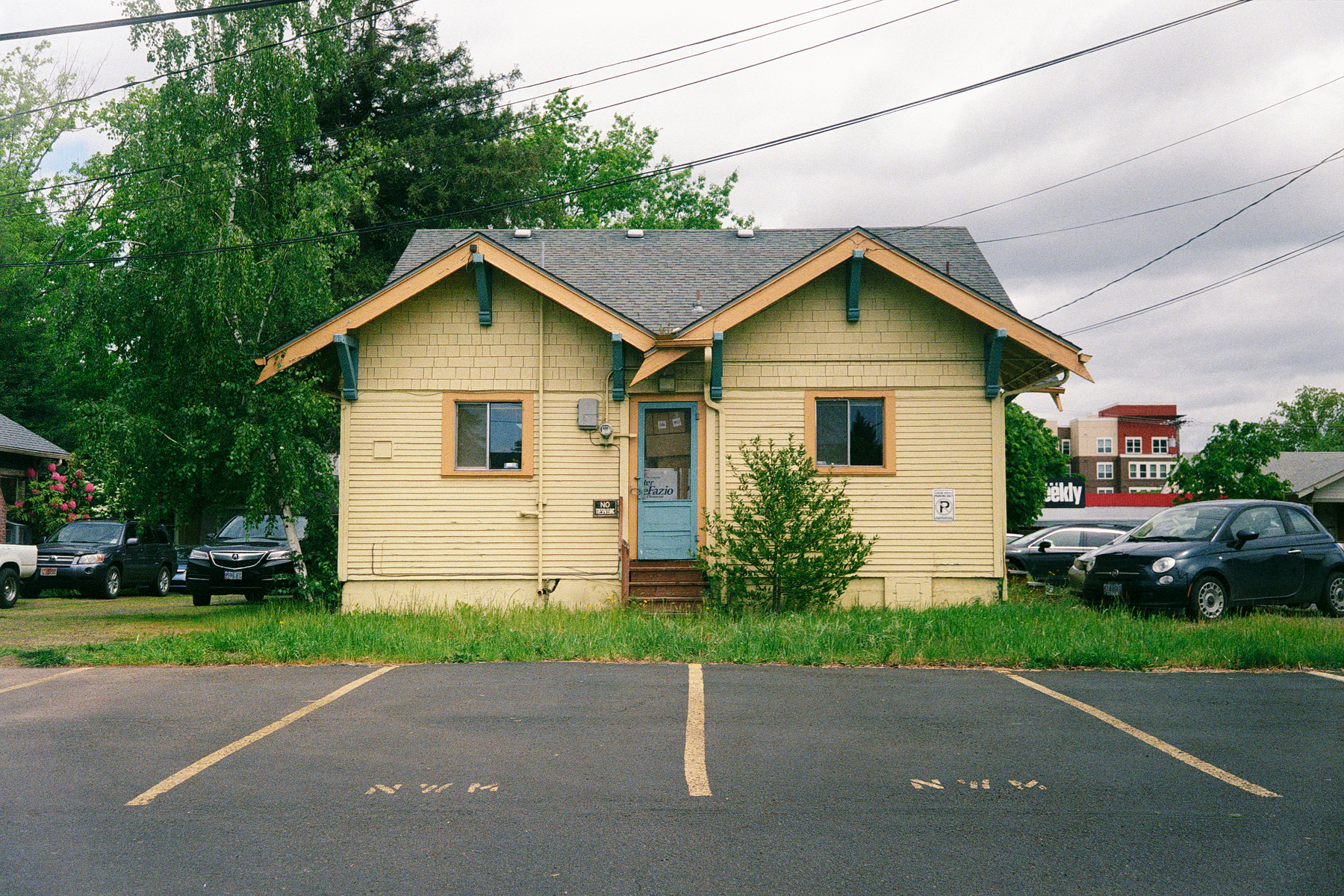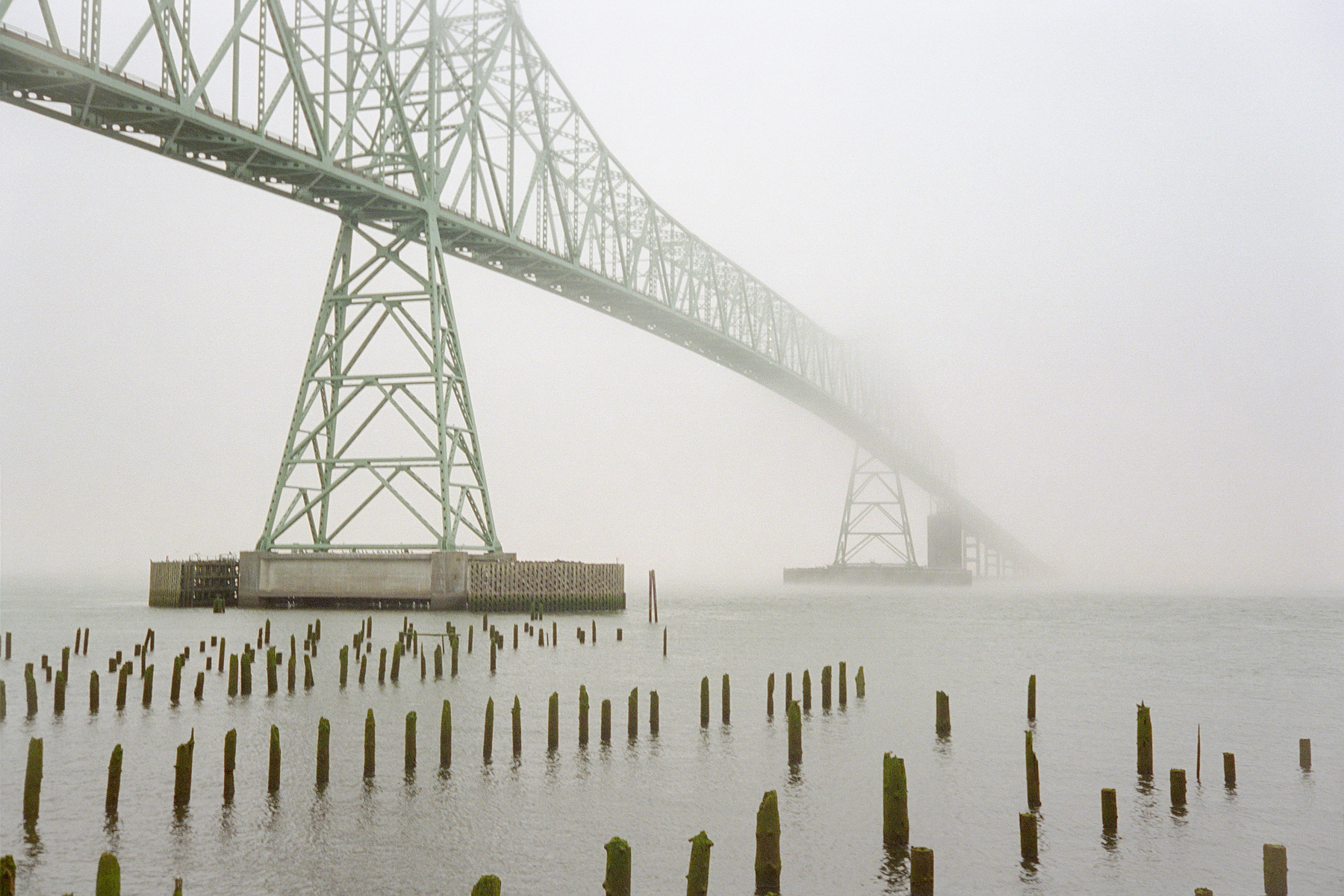I’m going to be up front, there are times I have to agree with the late Anthony Bourdain: Toronto isn’t a pretty city, like, say, London, or Paris. Its charm is on the ground, in the streets, and most importantly in the neighbourhoods and park systems providing a never ending wealth of photographic opportunities.
Skyline Riverdale Park
So you’re planning to visit Toronto: if you have any leeway in timing take a pass in the winter and head up to Quebec City instead, they have winter charm cornered. Spring Summer and Autumn are much better times to visit. I’ve told friends we pretty much share Chicago’s climate minus the snowfall. In fact in some ways we’re a Chicago, tilted sideways, and with exponentially less gun crime. If you road tripped up from the US, just park the car where you are staying: Toronto rush hour isn’t for the weak, especially on the Gardiner Expressway, Don Valley Parkway, or the 401. Buy a PRESTO Card which you can buy at any GO Train Station, TTC Subway Station and Shoppers Drug Mart, load it up with money. You can use PRESTO on any public transit system in The Greater Toronto Hamilton Region including GO Transit. Fares will vary on each system.
Friday Morning on the DVP Northbound
Logistics are out of the way: we’re downtown, it’s morning and we will be headed east on the 504b Street Car, and enjoying the ride through Toronto’s downtown core, crossing the Don Valley and up Broadview Ave. We’re not going all the way up to Broadview Subway Station on Danforth. Get off at Withrow Avenue, why here? Across the street is Riverdale Park, and there’s a reason why we start here, there’s a great skyline view of downtown Toronto. The other reason, and when I plan photowalks, is they have to start with decent coffee, in this The Rooster Coffee House on Broadview.
The Rooster in the Shade
From here you can go in multiple directions, like deeper into the east end through Chinatown East and down into Leslieville, or, go down into the valley and take the pedestrian overpass into Cabbagetown. This is just a few examples with just one starting point; you can even stay downtown and wander around, or go down to the harbour. I do strongly recommend, if you’re coming to Toronto, connect with one of the local film photography communities like The Toronto Film Shooters Facebook Group; they are filled with local knowledge.
Now that’s my town. For your consideration, the one of many cameras I own that I take with me on my urban adventures is the Nikon FE2. At first glance it looks like its mechanical stablemate of the FM2, but under the hood the FE2 is a different camera.
Produced between 1983 and 1987 as a replacement model for the FE, the FE2 was marketed to advanced amateurs during a very dynamic time in camera evolution. Unlike the FA stablemate, the FE2 was quite conservative in features, with just aperture priority, bulb to 1/4000 shutter speed, and a mechanical 1/250, and that’s it. Under the skin there were a lot of shared electronics, particularly with the TTL Off The Plane Flash metering system.
Unlike the Canon AE-1P and Minolta X-700, the FE2 was all metal construction built to take a ton of abuse. Of course, that reflects in the original selling price. Nikon did respectably well with the FE2 but by the late 1980s with autofocus bodies being introduced by all the major camera brands, Nikon streamlined the product line in favour of cutting edge technology.
That’s the history lesson; what’s the Nikon FE2 like to work with?
Short answer: much like the FE but with higher shutter speeds. To expand, the FE2 has a great match needle display which is the opposite of the FM2, which was LED, or the FA, which is LCD like the F3. Nikon was shrewd to have an auto exposure capable camera for advanced shooters who don’t need multiple modes, which is pretty much me.
I love this camera for multiple assignments be it in the city or out hiking, and it would make a decent camera for travelling. Batteries shouldn’t be an issue as Energizer 357’s and S76’s are pretty much common everywhere, but it’s wise to pack some spares just in case.
The next question is, should I get one?
Well, that depends. If you are a Nikon shooter with with a large stable of Ai, Ais and even AF-D Nikkor lenses, I would whole-heartedly say yes, the FE2 would make a great addition to the camera bag. If there’s one Achilles heal, you can’t use Pre-Ai Nikkor lenses on the FE2 like you can with the FE, and meter stop down. If you try, it will end in tears, regret, and a repair bill along with a stern glance of condescension from your go-to repair tech for being dumb. So yeah, don’t put Pre Ai lenses on the FE2, the same goes with the FM2 and the FA.
To wrap this up: Toronto is a fun place to visit, in the spring, summer or fall. There are tons of places to photograph and explore, and do start your photowalk with a decent coffee and end off with beer. The Nikon FE2 is a great camera to add to your kit if you’re a Nikon shooter and is one of my go to bodies in my Nikon kit.
Connect
Bill Smith, an Ontario-based film photographer, specializes in landscape, street, architecture and portraiture. Follow Bill on Twitter or Instagram.




